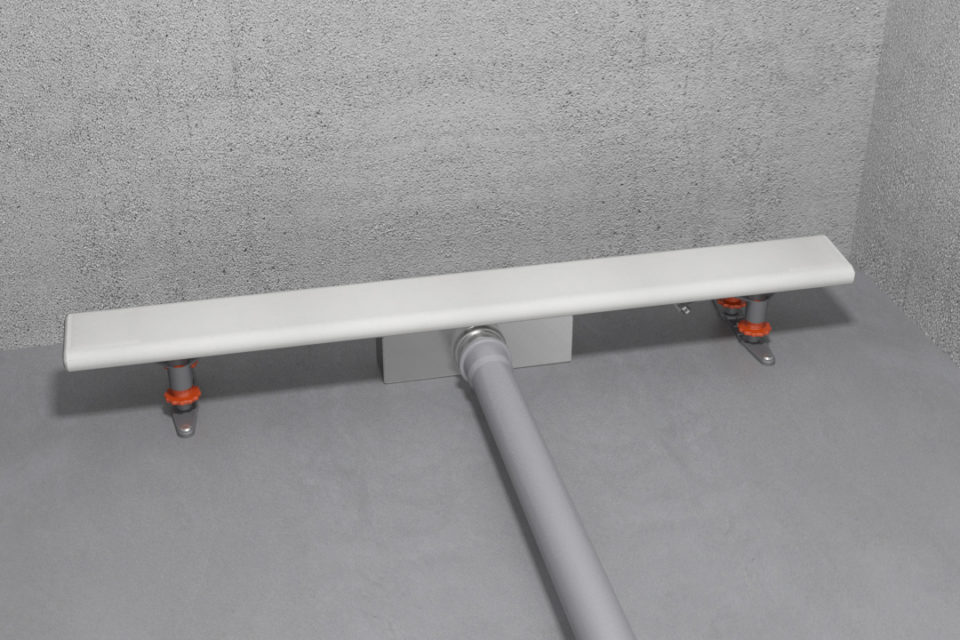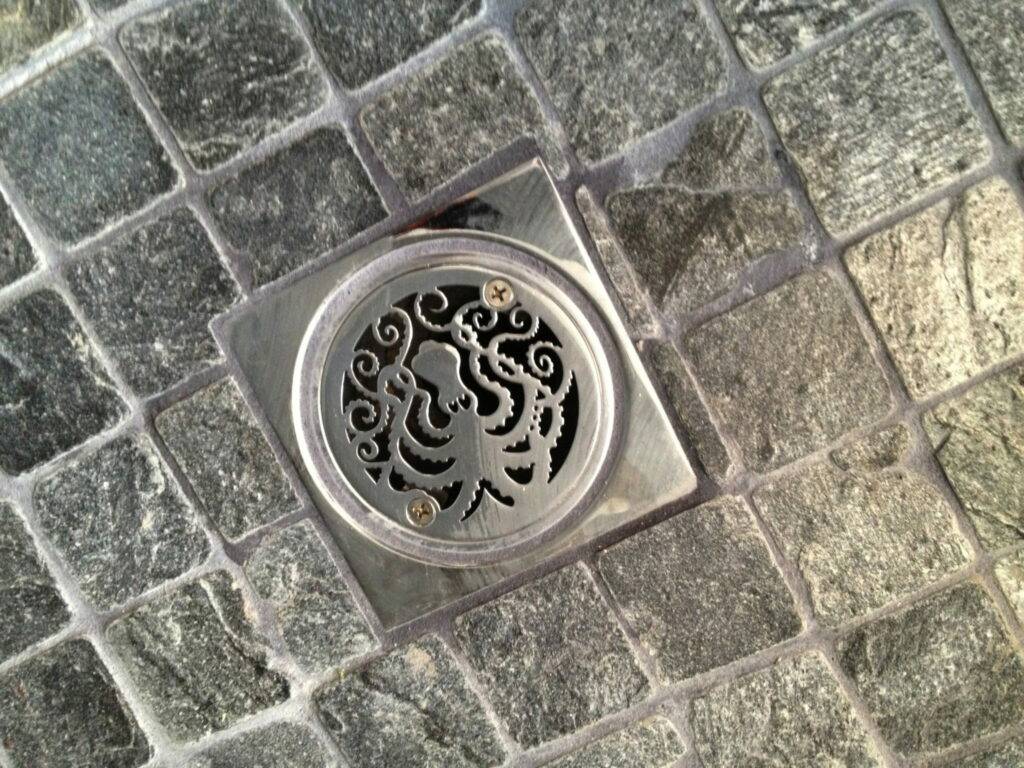Taking Charge-Managing-Overseeing of Shower Drain-Bathroom Drain-Drainage System Installation-Setup-Project Yourself-On Your Own-Independently
Taking Charge-Managing-Overseeing of Shower Drain-Bathroom Drain-Drainage System Installation-Setup-Project Yourself-On Your Own-Independently
Blog Article
The content following next in relation to How to Install a Shower Drain is particularly interesting. Don't miss out on it.

Upgrading a shower room is among the extra preferred residence improvement projects. Handling the plumbing for draining your shower can be exceedingly easy unless you overdo it.
Handling Your Own Shower Drain Installation Project
You can literally construct an enthusiast for your brand-new shower, however you really need to think of it. Do you actually wish to enter into the problems of obtaining the sloping proper, in addition to seeing to it every aspect of it is water resistant? As well as I mean every aspect! It is a lot easier to simply acquire a pre-cast collection agency online or at your neighborhood Lowes, Home Depot or equipment store. Building one may seem like a great idea, yet you will most likely really feel differently after a number of hrs.
Regardless of exactly how you go about getting a pan, you need to make every effort to use one that has the drain situated in the very same spot as the original pan. Moving the drainpipe pipelines can be a job, specifically if the builder used a distinct framing structure. If you are figured out to relocate the drain, you are going to have to cut back the pipe or lengthen it, which might suggest destroying big pieces of the floor. Put another way, you are going to be considering a numerous weekend break job.
Assuming we have our drainpipe aligned, the actual hook up is rather basic. The drainage pipeline must be facing upright as much as the collector. It will certainly typically look like a "U", which indicates it serves as a cleanout to maintain nasty smells from returning up from the drain. To attach the drain, you are mosting likely to produce a water limited connection in between a drain cap on the top of the frying pan and the water drainage pipe. Equipments vary, however you are typically mosting likely to do this by placing a coupling item on the top of the drainage pipe. This is after that covered with gaskets and actually screwed right into the drainpipe cap. The drain cap ought to work as a locknut, to wit, it screws directly onto the coupling.
The difficult part of this procedure is getting your drain cap to suit a water tight placement in the frying pan. This is accomplished by backing off the drain cap when you make sure whatever meshes. Then, you placed plumbing professionals putty around the bottom of the cap and afterwards screw it back on. The putty needs to develop a tight seal in between the cap and the shower frying pan, which keeps water from trickling under it as well as into the mounting under the shower.
Clearly, restroom showers been available in a wide variety of designs nowadays. If you buy an enthusiast, they often come with plumbing instructions or the store can note anything unusual you ought to understand. It appears complicated, however is generally pretty easy. Have a good time!
Whether you are a bath tub or shower person, many people seek shower only choices when acquiring a home. This easy reality means more than a few home owners invest a weekend upgrading or setting up showers in their shower rooms. The good news is for you, it is a fairly simple process.
A collector or pan refers to the horizontal surface area situated at the end of the shower. The enthusiast commonly contains a non-slip surface area somewhat banked towards the center or any place the drainpipe is located. Combined with 3 to 4 inch walls around the side, the objective of your shower drain plumbing is to get the water to move to and also down the tubes.
Tips for Installing a Shower Drain Assembly
Renovating a bathroom can be exciting as well as fulfilling if you’re tackling the job DIY-style. After you cross off the bigger decisions such as tile style, paint colors, and fixtures, you’ll need to finalize smaller details – such as the shower drain. In this article, we’re sharing some tips for selecting and installing the right drain assembly for your updated shower.
What is a shower drain assembly?
Shower bases or pans typically only come with a pre-drilled drain hole. Since the pan slopes toward the drain, you should consider the placement – left, center, or right – when designing your shower. You’ll need to purchase and install a shower drain assembly that connects the shower pan to the drain pipe underneath the shower. There are a few types of assemblies, which will be covered below.
Size of a shower drain
When it comes to installing drains, size matters. The recommended pipe size for a shower drain is 2 inches, whereas most tubs use 1.5-inch pipes. Why the difference?
Shower pans are shallower than tubs, so there’s a higher risk for overflow. So, the larger pipe allows for quicker draining. If you are replacing an old tub with a newer stand-up shower, you will need to make additional plumbing adjustments to accommodate the 2-inch pipe.
Types of shower drain assemblies
There are three common types of shower drain assemblies: compression shower drain, solvent-glue shower drain, and tile shower drain. The layout, design, and materials of your shower can determine which type of shower drain assembly will work best.
Compression shower drain
This type of assembly attaches to the drain pipe with compression washers and nuts. The drain fitting is typically installed into the base, and then the base is installed into the bathroom floor. This makes compression-style drains easier to install than other options, particularly if you don’t have easy access from the floor under the shower base. Drains are available in a wide range of materials such as PVC (polyvinyl chloride), ABS (Acrylonitrile Butadiene Styrene), and brass, and can be used for acrylic, fiberglass, and steel shower bases.
Solvent-glued shower drain
Made of either polyvinyl or ABS, this type of shower drain is sealed to the drain pipe with solvent glue and silicone. Since you’ll be working underneath the drain pan, we only recommend using this type of drain if you have access under the shower, such as from a basement or crawlspace. It’s also important that you match the type of plastic of the drain with the drainpipe. If you take these precautions, you can install a solvent-glued drain assembly with acrylic, fiberglass, and steel shower bases.
Tile shower drain –
Drain assemblies for custom tile showers feature a waterproof membrane liner placed between two flanges. The tile is installed on top of the liner, collecting any water that seeps through the porous grout. A metal strainer is installed in line with the tile over the drain.
https://www.epshawaii.com/blog/tips-for-installing-a-shower-drain-assembly/

Do you enjoy more info about How to Install a Shower Drain in a Basement? Try leaving feedback below. We would be interested to hear your opinions about this post. In hopes that you visit us again in the near future. Loved our blog posting? Please share it. Let someone else find it. I truly appreciate reading our article about Simple Steps for Installing a Shower Base.
Report this page